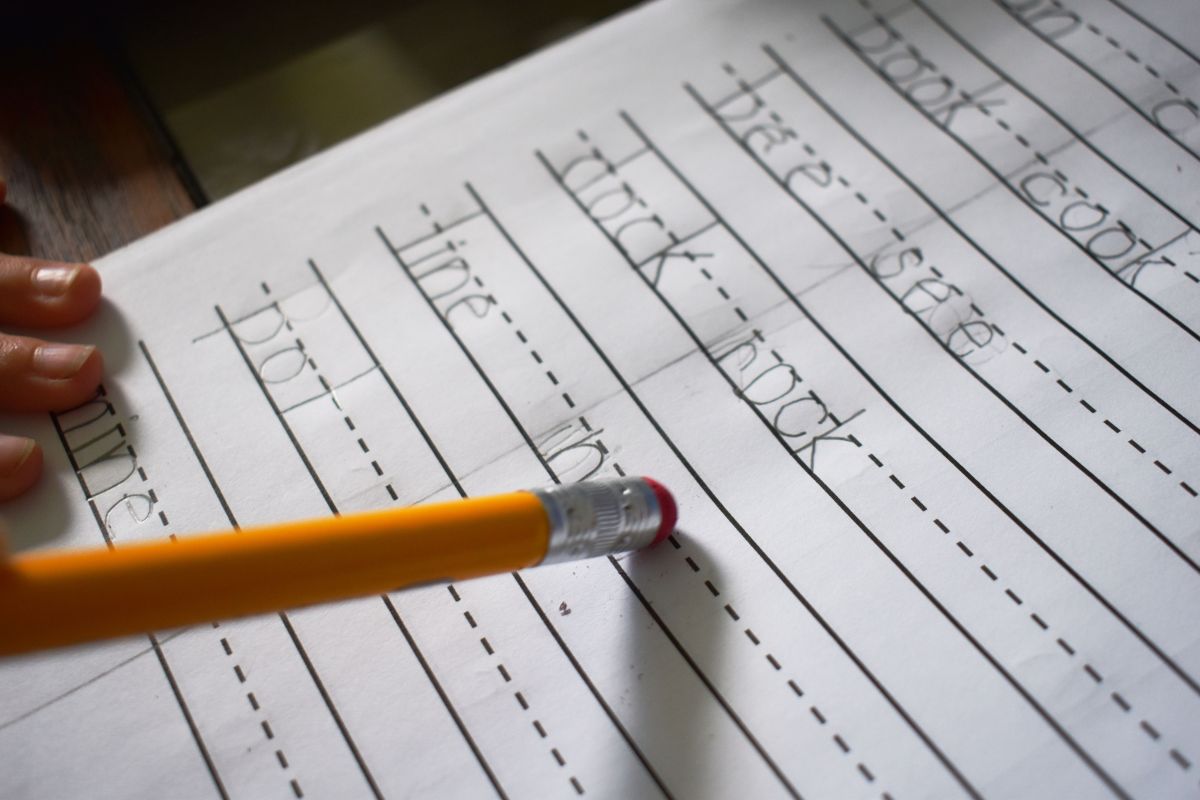In the realm of education, it plays a pivotal role in shaping a child’s academic journey and future success. The ability to read proficiently not only impacts academic achievement but also enhances cognitive development and lifelong learning skills. This comprehensive guide delves into the science behind reading and offers practical strategies to foster early literacy development.
Understanding
It encompasses the skills and knowledge that children acquire before they can read and write independently. These foundational skills include:
- Phonological Awareness: Recognizing and manipulating sounds in spoken language.
- Alphabet Knowledge: Understanding letters and their sounds.
- Vocabulary Development: Building a repertoire of words and their meanings.
- Comprehension: Understanding and interpreting written text.
Effective early literacy instruction focuses on developing these skills in a sequential and age-appropriate manner, laying a strong foundation for future academic success.
The Science Behind Reading

Cognitive Processes Involved in Reading
Reading is a complex cognitive process that involves several interconnected skills:
- Decoding: The ability to translate written text into spoken language by recognizing and understanding letter-sound correspondences.
- Fluency: Reading fluency refers to the ability to read smoothly and accurately, with appropriate speed and expression.
- Comprehension: Understanding and making meaning from the text by connecting ideas, inferring information, and drawing conclusions.
Each of these processes relies on different areas of the brain, emphasizing the neurobiological basis of reading acquisition and development.
Effective Strategies for Promoting
1. Phonological Awareness Activities
Phonological awareness lays the groundwork for reading and involves understanding the sound structure of language. Effective activities include:
- Rhyming Games: Encourage children to identify words that rhyme (e.g., cat, hat).
- Segmentation: Break words into individual sounds or syllables (e.g., /c/ /a/ /t/ for cat).
- Blending: Combine individual sounds to form words (e.g., /c/ + /a/ + /t/ = cat).
These activities enhance phonemic awareness, a crucial skill for decoding and spelling.
2. Alphabet Knowledge Development
Learning the alphabet and its corresponding sounds is essential for early literacy. Strategies include:
- Letter-Sound Correspondence: Teach children to associate each letter with its sound
- Letter Recognition: Practice identifying and naming letters in various contexts (e.g., books, games).
Interactive and multisensory approaches, such as using alphabet puzzles or songs, can make learning engaging and effective.
3. Vocabulary Building
A rich vocabulary facilitates comprehension and communication. Strategies to enhance vocabulary include:
- Read-Alouds: Expose children to a variety of books and stories, discussing new words and their meanings.
- Word Games: Play vocabulary-building games like word bingo or charades.
- Word Maps: Create visual representations of word meanings, connecting new words to known concepts.
Encouraging curiosity and exploration of language fosters a love for words and enhances language skills.
4. Reading Comprehension Strategies
Comprehension is the ultimate goal of reading. Effective strategies include:
- Predicting: Encourage children to make predictions about the story based on illustrations or prior knowledge.
- Questioning: Ask questions before, during, and after reading to promote active engagement and deeper understanding.
- Summarizing: Help children retell the main ideas or key events of the story in their own words.
Modeling these strategies during shared reading experiences supports comprehension development.
As a visionary CIO, leveraging technology to enhance it is paramount. Implementing interactive learning platforms and personalized digital tools can revolutionize how children engage with reading and language skills. By integrating AI-driven assessments, adaptive learning algorithms, and immersive educational content, we empower educators and parents to tailor literacy interventions effectively. This approach not only fosters early reading proficiency but also cultivates a lifelong passion for learning, ensuring every child has the foundational skills needed for future success in a digitally-driven world.
Implementing Early Literacy Strategies in Practice

1. Structured Literacy Approach
Structured literacy instruction systematically teaches the relationship between sounds and letters, using explicit, systematic, and cumulative methods. Key components include:
- Phonemic Awareness Instruction: Explicit teaching of sound-symbol relationships.
- Phonics Instruction: Teaching letter-sound correspondences and decoding strategies.
- Sight Words: Introducing high-frequency words that do not follow regular phonetic patterns.
This approach ensures that all learners, including those at risk for reading difficulties, receive the necessary foundational skills.
2. Multisensory Learning Techniques
Engaging multiple senses (auditory, visual, tactile) during literacy activities enhances learning and retention. Strategies include:
- Sandpaper Letters: Tracing letters while saying their sounds.
- Kinesthetic Activities: Using movement to reinforce letter formation or phonemic awareness skills.
- Visual Supports: Incorporating visuals, such as charts or word walls, to reinforce concepts.
Multisensory approaches accommodate diverse learning styles and promote active participation in learning.
3. Promoting Literacy-Rich Environments
Create environments that encourage and celebrate literacy:
- Classroom Libraries: Provide access to a variety of books and reading materials at different reading levels.
- Literacy Centers: Set up stations where children can engage in reading, writing, and wordplay activities.
- Family Involvement: Encourage parents and caregivers to read with their children and reinforce literacy skills at home.
By embedding literacy into daily routines and interactions, children develop a positive attitude toward reading and writing.
Assessing and Monitoring Early Literacy Progress
1. Formative Assessment
Ongoing assessment provides insights into children’s literacy development and informs instructional decisions. Techniques include:
- Running Records: Observing and recording children’s reading behaviors to assess fluency and comprehension.
- Phonics Inventories: Evaluating children’s knowledge of letter-sound correspondences and decoding skills.
- Vocabulary Checklists: Monitoring vocabulary growth and understanding.
Regular assessment ensures that instruction is responsive to individual learning needs and promotes continuous improvement.
2. Progress Monitoring
Monitor progress over time to track growth and identify areas needing additional support. Use data to adjust instruction and interventions as necessary.
The Role of Educators and Parents in Early Literacy Development

1. Educator Strategies
Educators play a critical role in fostering early literacy skills:
- Differentiated Instruction: Tailored instruction to meet the diverse needs of learners, providing targeted support as needed.
- Professional Development: Stay updated on best practices in literacy instruction and instructional technology.
- Collaboration: Partner with families and colleagues to create a cohesive approach to early literacy instruction.
Empowering educators with knowledge and resources enhances their ability to support all students on their literacy journey.
2. Parent and Caregiver Involvement
Parents and caregivers are essential partners in early literacy development:
- Read Aloud: Read to and with children regularly, modeling fluent reading and discussing story elements.
- Home Literacy Activities: Engage in activities that promote literacy, such as writing letters, playing word games, or visiting the library.
- Communication: Maintain open communication with educators to support consistent literacy strategies at home and school.
By fostering a collaborative relationship between home and school, parents contribute significantly to their child’s literacy success.
Conclusion: Nurturing Early Literacy for Lifelong Learning
Early literacy lays the foundation for academic achievement, cognitive development, and lifelong learning. By understanding the science of reading and implementing effective strategies, educators and parents can empower children to become confident and proficient readers. From phonological awareness to comprehension skills, each component of early literacy plays a crucial role in shaping a child’s literacy journey.
Embrace these strategies, cultivate a literacy-rich environment, and celebrate the joys of reading and learning with your child. Remember, Early Literacy isn’t just about teaching children to read—it’s about equipping them with the skills and love for learning that will last a lifetime.








-1.jpg)









